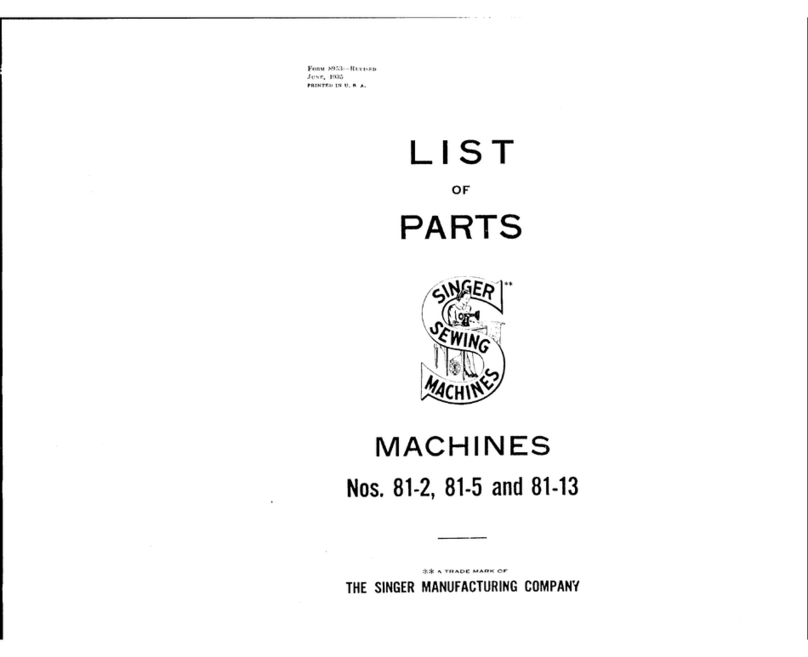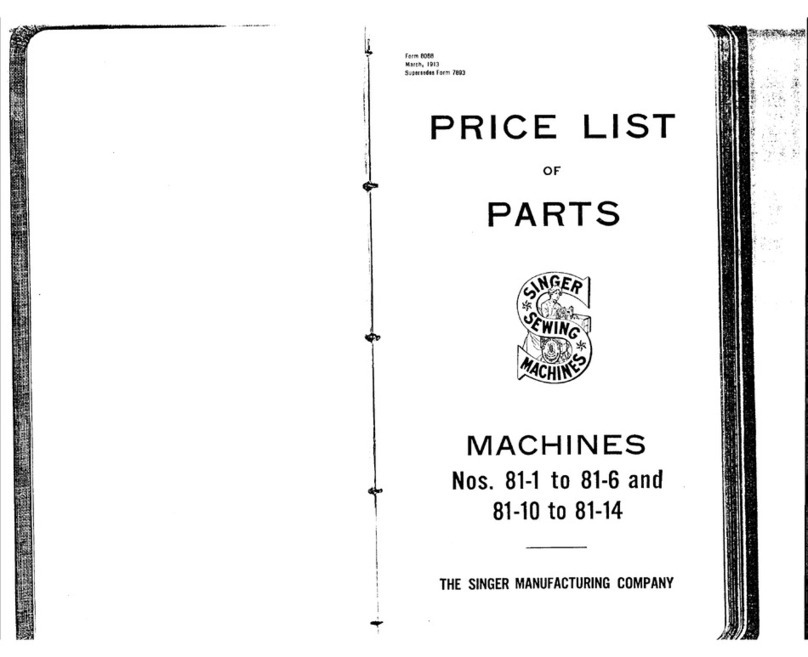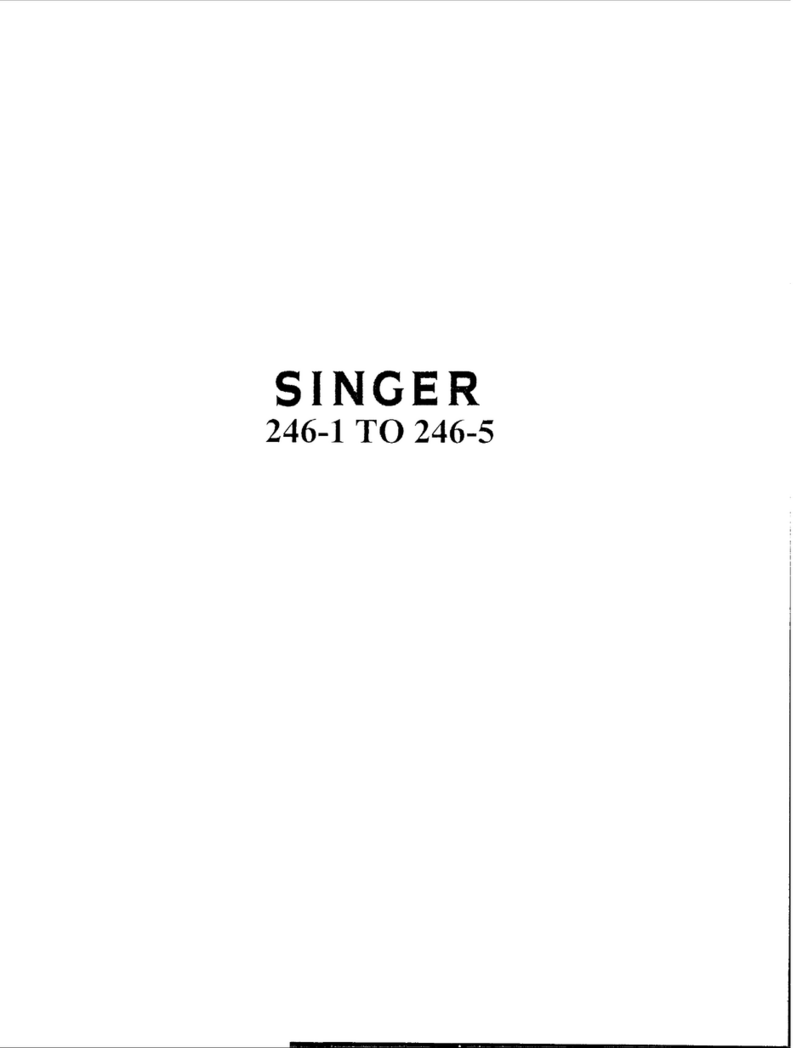Singer 591UTT User manual
Other Singer Sewing Machine manuals
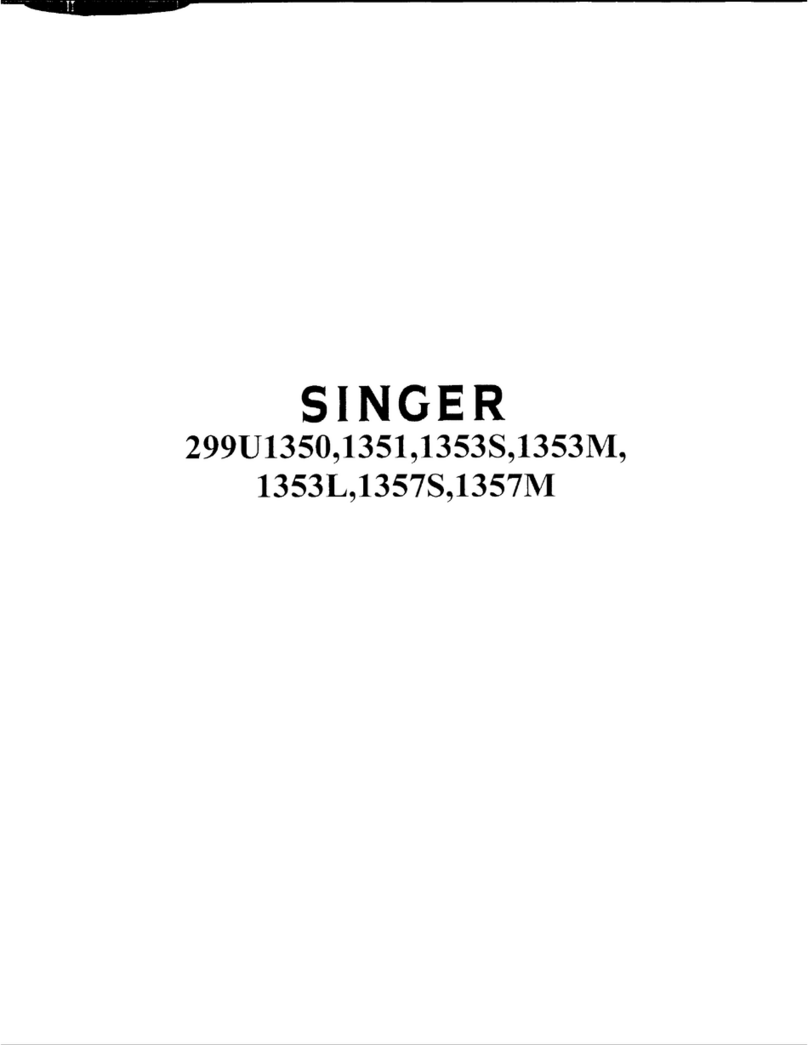
Singer
Singer 299U1351 User manual

Singer
Singer 5122 User manual
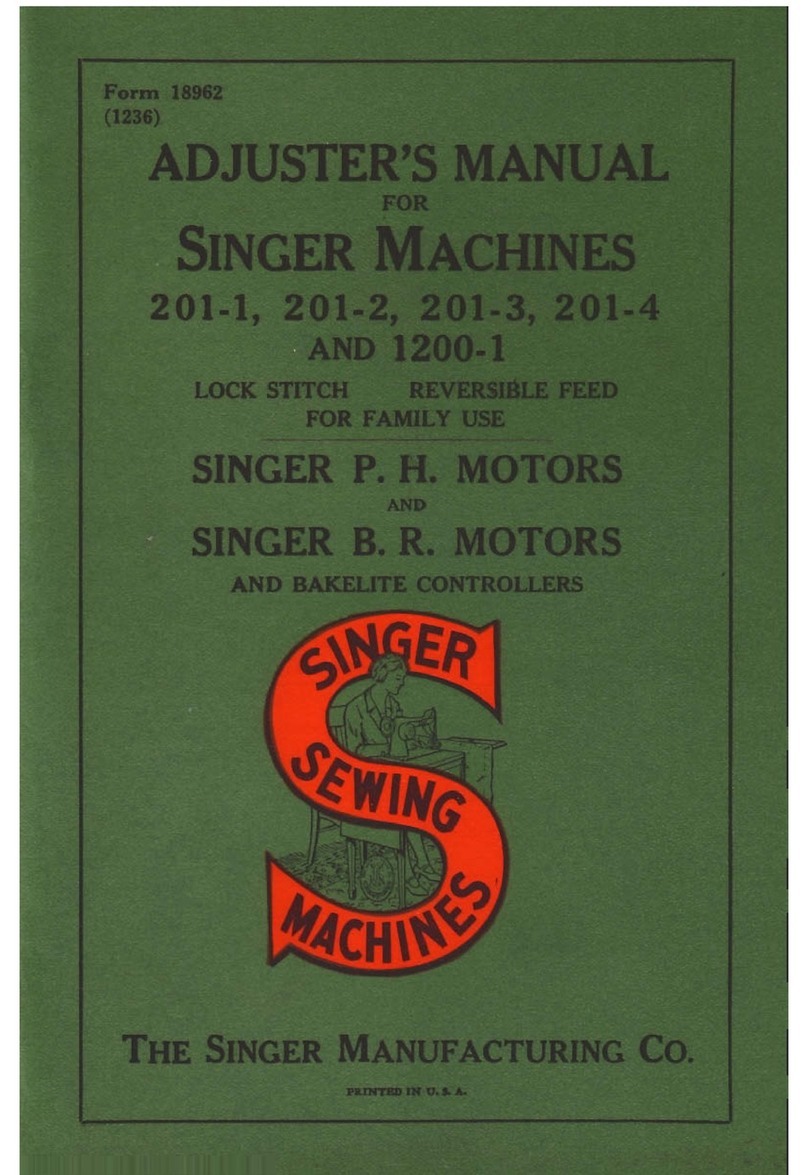
Singer
Singer 201-1 User manual
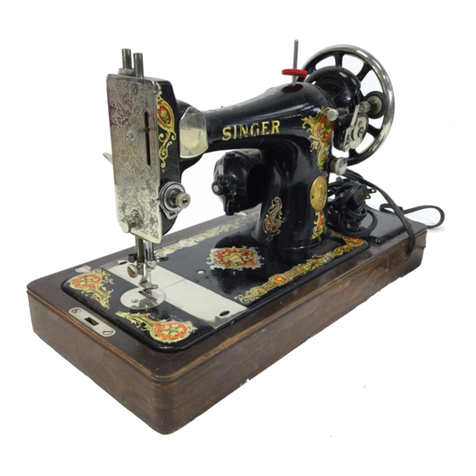
Singer
Singer 127 User manual
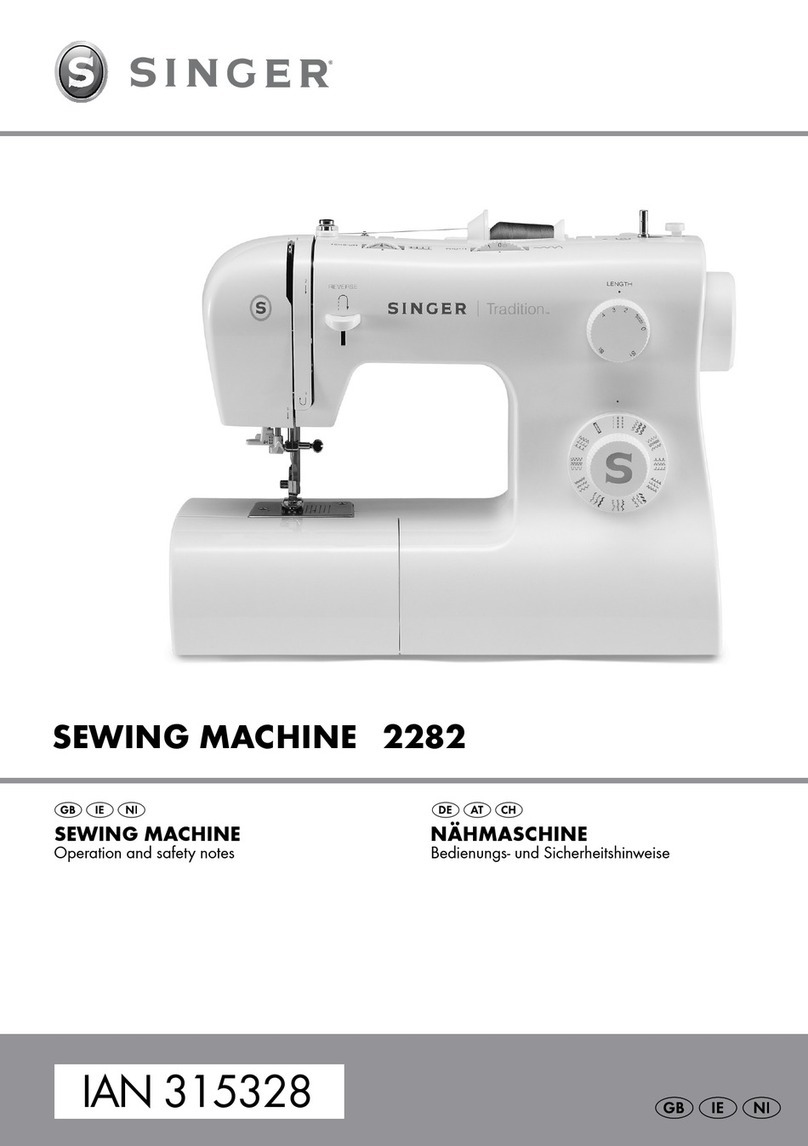
Singer
Singer 2282 User manual

Singer
Singer 154W101 Quick start guide
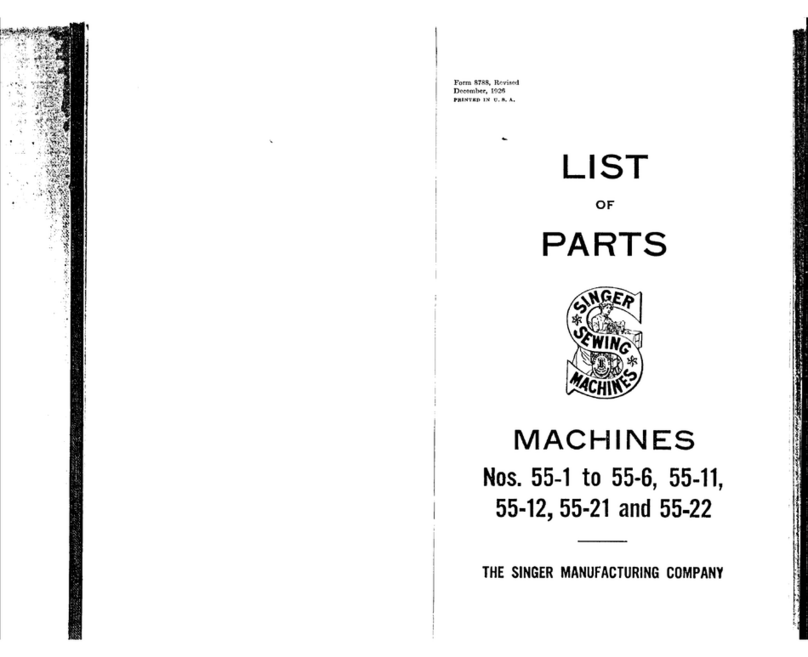
Singer
Singer 55-1 User manual

Singer
Singer SUPERA User manual

Singer
Singer 14T967 User manual
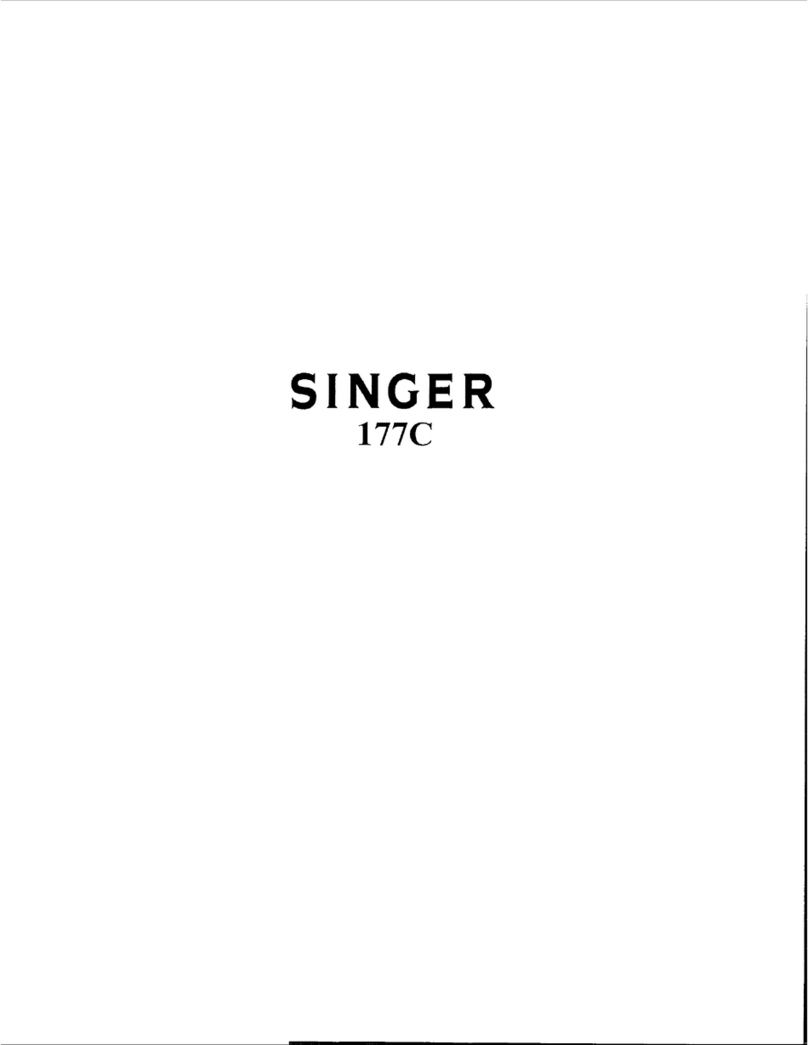
Singer
Singer 177C User manual
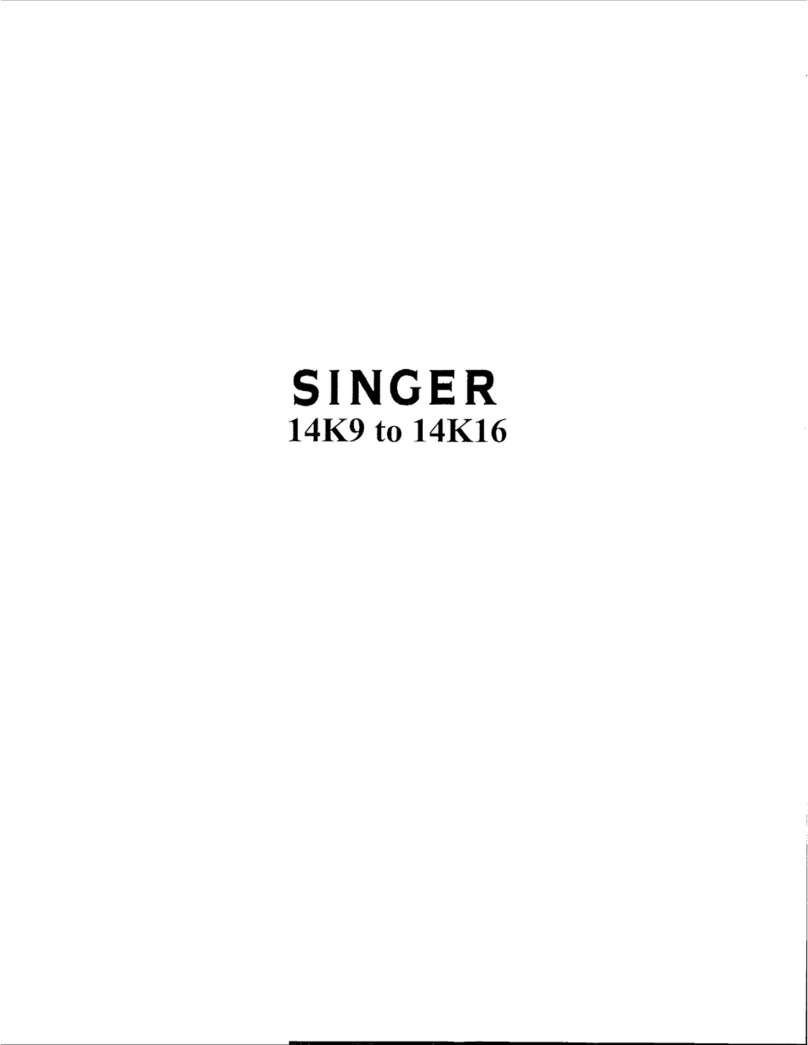
Singer
Singer 14K11 Quick start guide
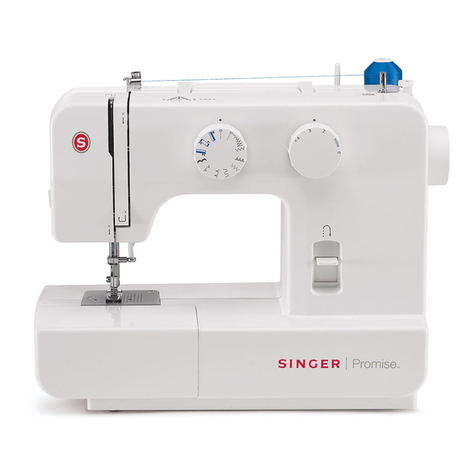
Singer
Singer 1408 User manual

Singer
Singer 3005 User manual
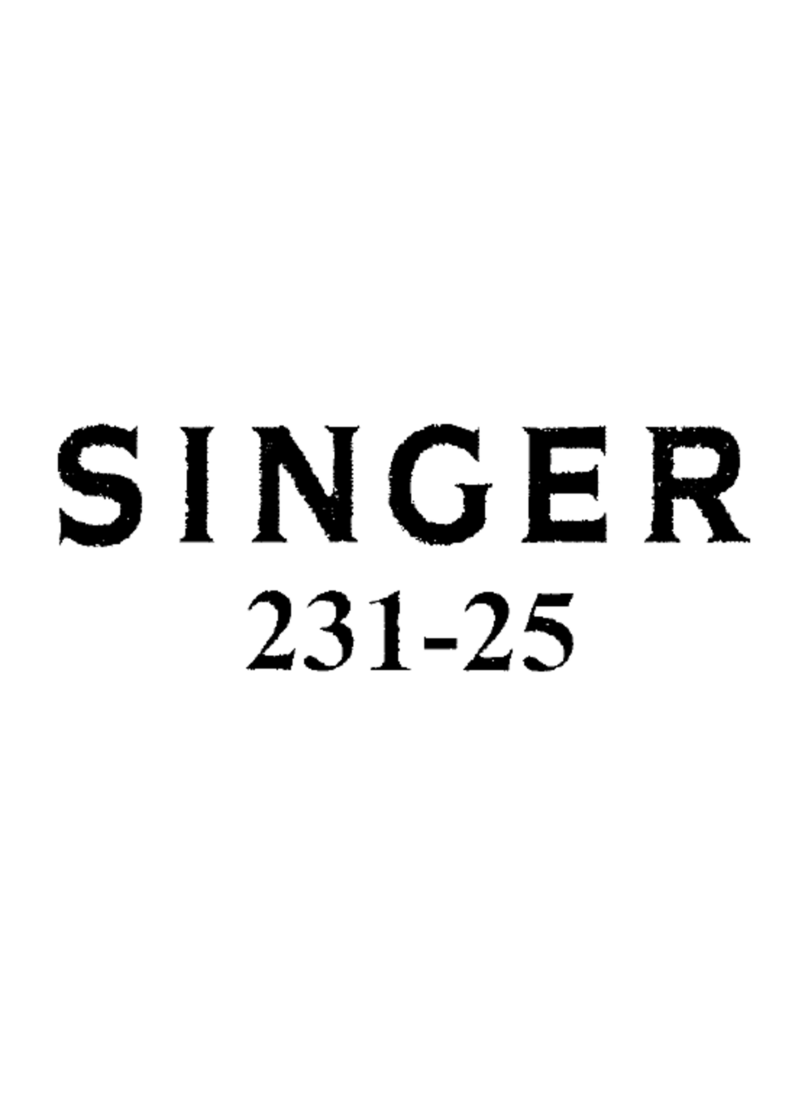
Singer
Singer 231-25 User manual
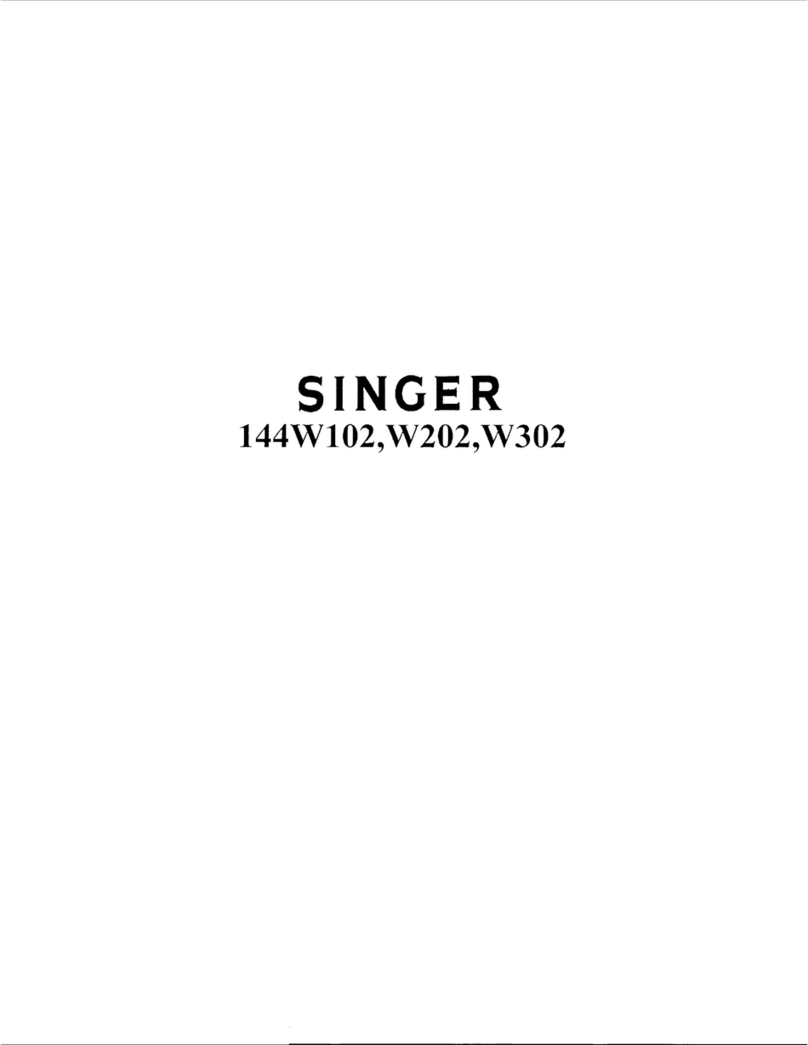
Singer
Singer 144W102 Installation and operation manual

Singer
Singer QUANTUM STYLIST 9960 User manual
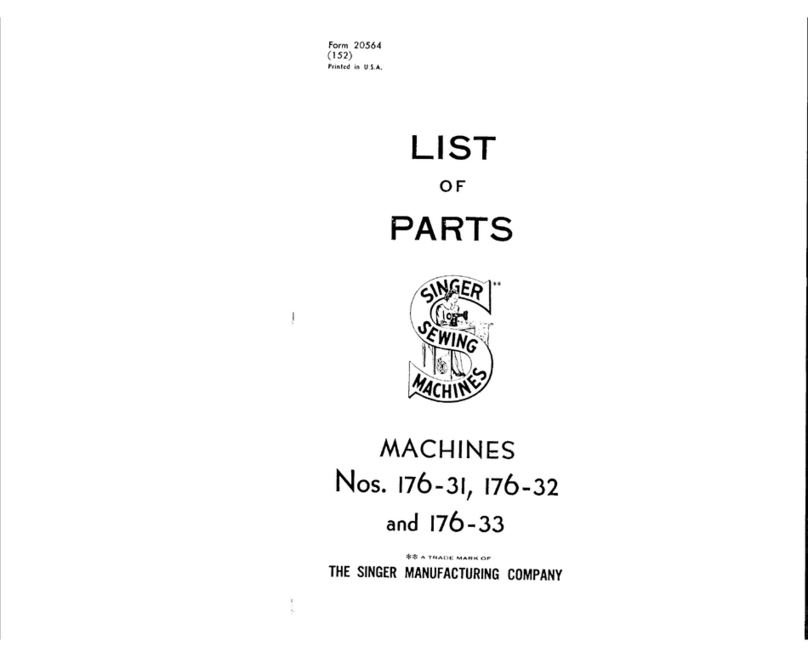
Singer
Singer 176-31 User manual
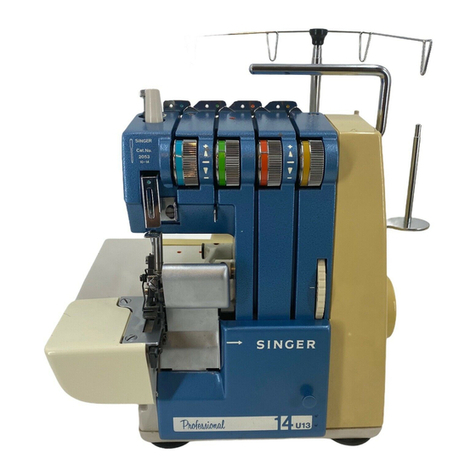
Singer
Singer Professional 14U11 Manual
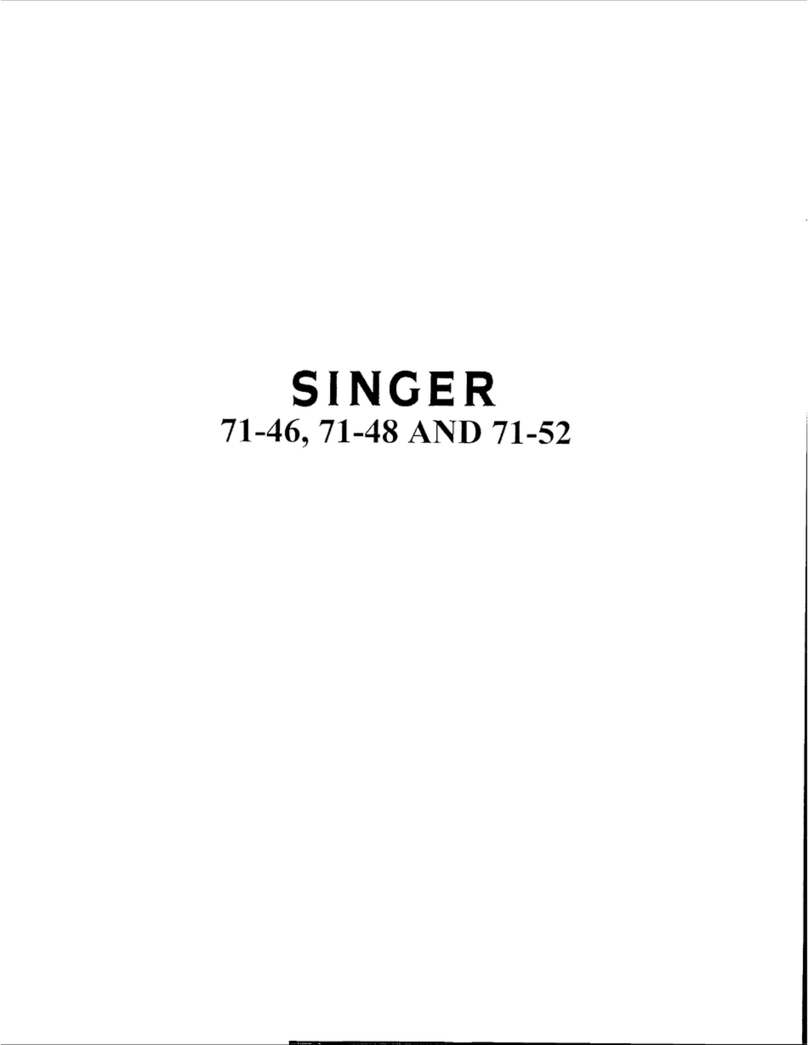
Singer
Singer 71-46 Quick start guide
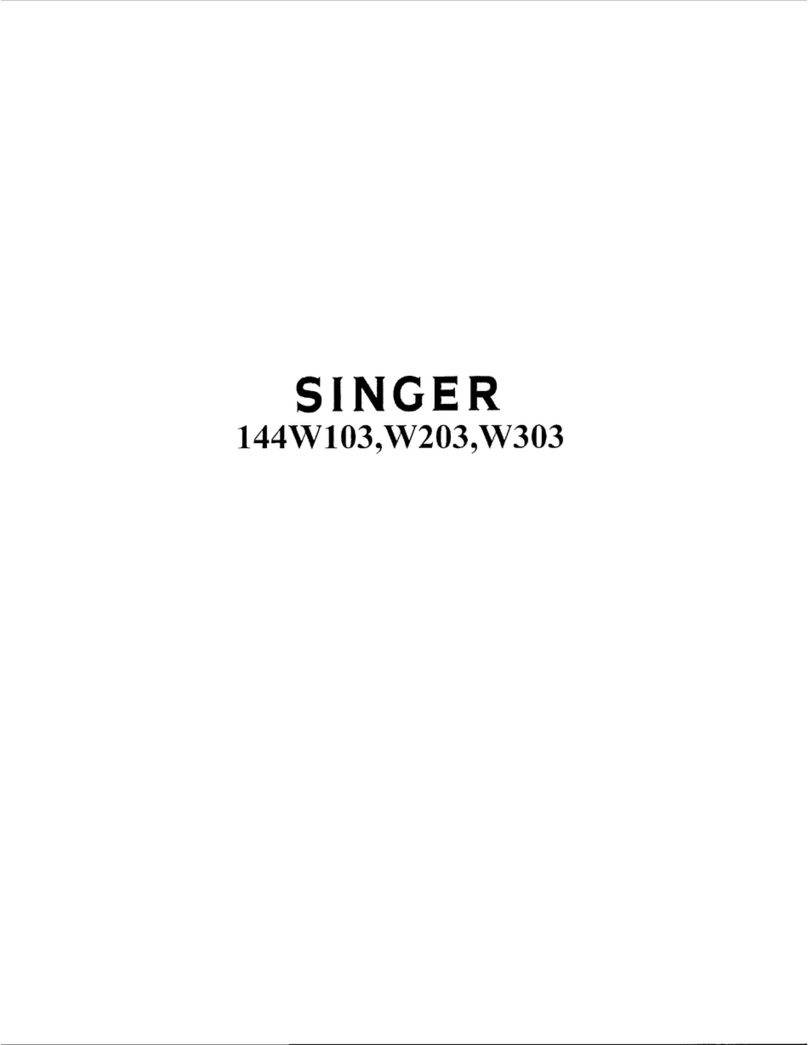
Singer
Singer 144W103 Quick start guide
